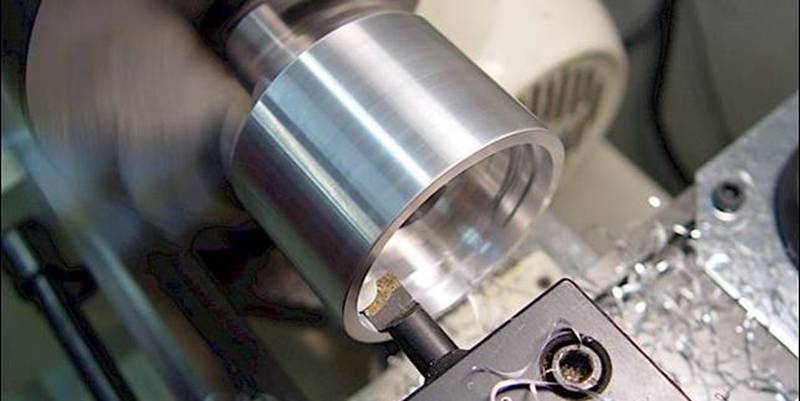- August 26, 2022
During manufacturing, materials must pass through a series of cutting processes that modify them till the end product is produced. Some parts may require holes in the material. A typical technique to put these holes in the material is boring machining.
Though other operations, like drilling, can create holes in a workpiece. CNC boring is the most suitable for making wide diameter holes with high dimensional accuracy.
In this article, we’d discuss extensively boring machining and make comparisons with similar industrial cutting processes.
What is Boring in Manufacturing?
Boring is a subtractive manufacturing technique used to enlarge a pre-drilled or casted hole yet enhance its dimensional accuracy. The process uses a single-point cutting tool to remove material parts from the interior of a workpiece.
Depending on the required hole size and specifications, boring is the ideal method for machining holes of different precision grades, diameters, and positional restrictions. In fact, it’s more suitable than drilling for creating holes of large sizes because of its improved accuracy.
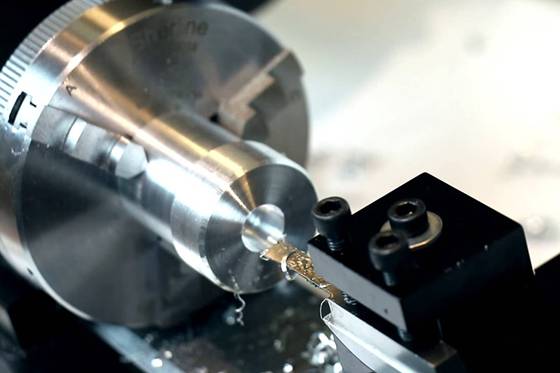
CNC bore machining uses machines like lathes, jig borers, boring mills, etc. These devices occur in different forms; for example, there are vertical and horizontal boring machines.
There are different boring tools and machines capable of other applications. However, all boring tools perform three basic operations, namely:
- Widening holes to the precise and accurate size and finish.
- Straighten pre-drilled or threaded holes and rectify casting defects.
- Make concentric holes with an external diameter.
How Does Boring Machining Work?
The boring process involves carefully placing the machine’s head into the already drilled or cast hole. The device then starts to widen the hole by slowly scraping away portions of the inner wall. The boring tools are similar to those of lathes used in turning and milling machines.
Every boring machine contains the following parts.
●Chuck: The clamp that firmly holds the material in place during boring.
●Workpiece: The material you intend to bore a hole into using the boring machine.
●Boring tool: The cutting tool that removes (scrapes) portions of the holes, resulting in a more expansive and precise hole.
Why and When Need Boring a Hole?
We have already mentioned that drilling, milling, and some other manufacturing processes may be suitable for fabricating holes in a workpiece. However, when fabricating large holes requires high precision and tight tolerances, boring is the best machining technique.
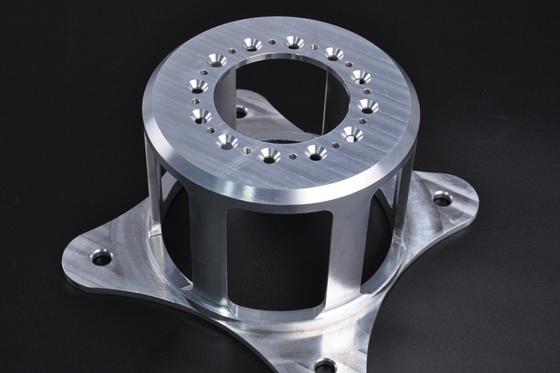
Some industrial applications of CNC boring include boring holes in screws, making engine cylinders, and many more.
Also, manufacturing companies use boring machining to bore holes into bearings, dowels, and other substances that require hollow components.
Types of Boring Machines
Let’s get into the common types of boring machines without much ado.
1. Horizontal Boring Machines
These machines are the most common and widely used boring machines. They are customary in many workshops that specialize in repairs and small-scale manufacturing.
The holes are enlarged by introducing the single-pointed cutters horizontally into the existing workpiece hole. Besides boring, these devices are suitable for milling, drilling, and reaming operations.
2. Table Type Boring Machine
These machines are typical kinds of horizontal boring machines. As the name suggests, they are placed on the table where it’s used to perform various boring operations.
These machines bore holes using a spindle parallel to the work table. Besides boring, the machines are used as general purpose manufacturing devices, especially in smaller companies.
3. Vertical Boring Machine
This machine uses a rotary cutting piece joined to a horizontal table, however, because the borer moves in an upward-downward motion, hence the name – vertical boring machine.
The device is suitable for enlarging pre-existing holes in cylindrical or conical format, depending on the workpiece requirements. The holes are usually concentric with the axis of the rotating cutters.
4. Precision Boring Machine
Like all boring machines, these machines use a single-point cutting tool to bore holes into a workpiece. So, the holes are widened as the material moves parallel to the rotating cutters.
Therefore, precision boring machines are ideal for creating large internal holes in a workpiece with tight tolerance and extreme precision specifications. Besides broadening a hole, they are suitable for straightening initial holes and correcting every previous defect, maintaining high dimensional accuracy.
What's the Challenge for Boring Operation?
Indeed, boring is an ideal operation for making precise holes in a material. However, like most manufacturing techniques, machinists may experience some challenges peculiar to this process. Let’s take a quick look at some of them.
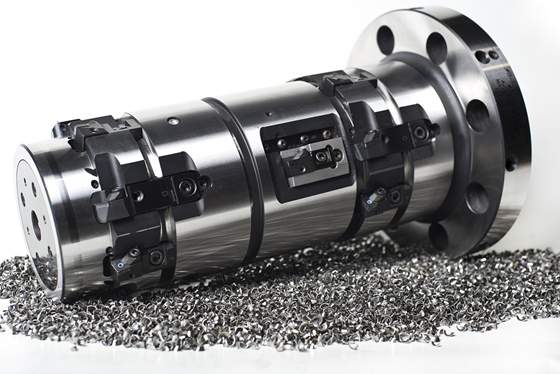
1. Tool Wear or Damage
During the cutting process, parts of the boring device experience friction, resulting in tool wear and damage. Consequently, it can decrease the machine’s functionality – the precision specifications will start to reduce.
Also, the products may require more surface treatments and post-processing operations.
2. Machining Error
Concerning boring, machining error involves dimensional alterations, including shape, location of holes, and surface finish of the product. These errors may be a result of one of the following:
● Improper parameters of the boring process.
● High rigidity or plasticity of the workpiece.
● An overly high length/diameter ratio of the cutter rod.
● Unreasonable allocation of allowance adjustment.
● Using blades or cutters that are unsuitable for the workpiece material.
3. Surface Finish
Boring parts may experience poor surface finishes, such as the presence of cutting lines or scales. The feed rate plays a crucial role in the surface finish of the bore parts. Typically, manufacturers start boring at a feed rate of between 0.1 to 0.2 mm per revolution.
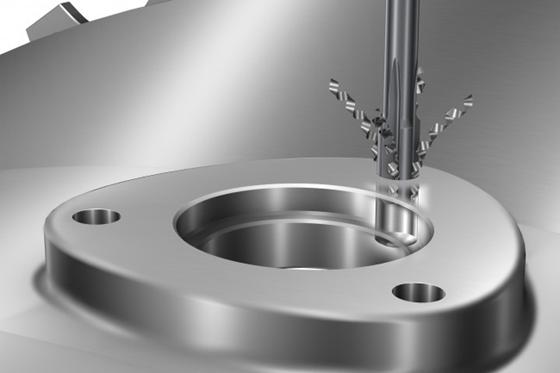
4. Measurement Error
This is perhaps a significant challenge for most manufacturing processes. Using wrong measuring tools or inputting incorrect measurements may damage the end product of the boring process.
Important Tips for Boring Machining
Every machining process requires extreme dimensional accuracy, including boring. Hence the need to optimize every aspect of the machining process. That said, below are guidelines when boring a hole into a workpiece for the best outcome using this machining technique.
1. Machine Setup Tips
● Ensure to regularly check the boring machines for tool wear and replace faulty cutters to guarantee the process accuracy and boring quality.
● Before machining, check that the work holds and clamps holding the workpiece material are reliable and well anchored to avoid deviation during the boring process.
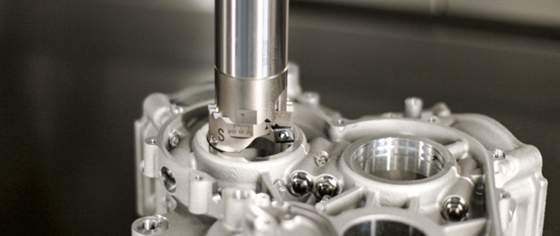
● Make that the machining process occurs at fit cool temperature with adequate lubrication to reduce friction and ease the cutting operations.
● Confirm and correct the spindle repeated positioning and dynamic balance accuracy are ideal for CNC machining specifications.
● At the trial stage, when boring holes, check out the dynamic gravity overhang value of the boring bar and make necessary adjustments to limit vibration and centrifugal cutting.
2. Accurate Measurement Tolerances
● With the aid of a caliper, measure the diameter of the drilled or cast hole, and calculate the reserved machining allowance.
● Allocate the boring allowance depending on the finishing requirements – rough, moderate, and fine finish. Most industries follow these: 0.5mm, for a rough finish, 0.15mm for an average finish, etc.
● Ensure that the boring allowance is not below 0.05mm for materials with machining difficulties and workpieces that call for high precision requirements
3. Boring Tool Tips
After setting up the boring bar, ensure that the cutting edge of your boring machine is in position. This involves ensuring that the tool edge’s upper plane lies on the same horizontal plane as the feed direction of the cutting head of the boring tool.
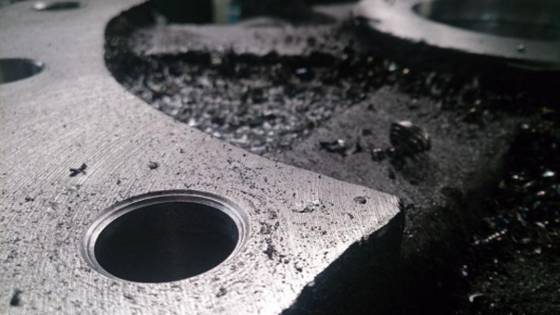
4. Trial Boring Tips
When boring a hole, leave an allowance between 0.3 and 0.5mm on your boring tool. Also, you may want to modify the allowance of a rough boring to no lesser than 0.5 mm so that the end product after boring would meet the tolerance specifications.
Comparing Boring to Other Machining Methods
A series of other machining processes share some similarities with boring. Here, we look at the similarities and differences between boring and similar machining techniques.
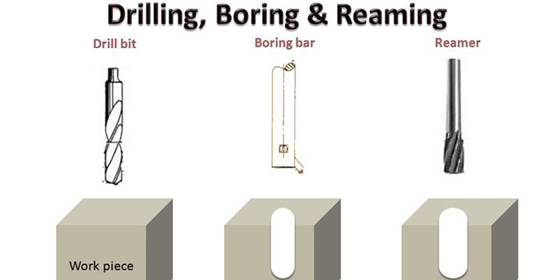
1. Boring vs. Drilling
Boring and drilling are standard subtractive manufacturing processes – they both involve removing parts of a material to create holes. However, there are distinct differences between both methods. Here are some of the differences between them.
● Drilling involves creating holes in a workpiece, while boring enlarges an initial hole. Therefore, drilling occurs before boring during manufacturing.
● Unlike drilling, the end product of the precision boring process has a fine surface finish with top-notch dimensional accuracy and precision.
● Boring is mainly for widening the hole. and drilling increase the hole length in a material.
● In general, drilled holes are often narrow, and chip removal is sometimes challenging, requiring continuous drilling. With boring, the holes are wide enough for easy chip removal.
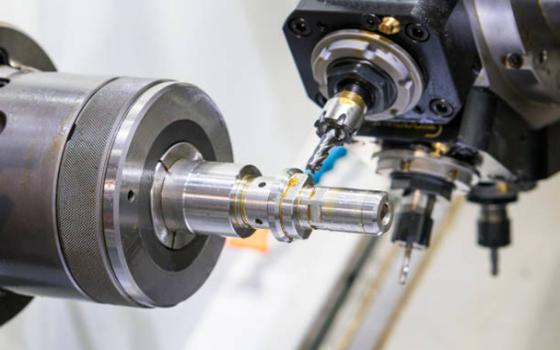
2. Boring vs. Turning
Like boring and drilling, turning is also a subtractive process. Boring uses a single cutting tool with a pointed head to broaden a pre-existing hole in a workpiece, whereas turning involves using a static, non-rotatory cutting tool to remove pieces of material from its exterior.
The main difference between either processes is that; while turning removes material from the external surface, boring removes the internal portions of the workpiece. Often, manufacturers perform turning operations using a machine called a lathe, which is also a standard tool used in boring. However, boring adopts other conventional devices, resembling a milling machine.
3. Boring vs. Reaming
Both are cutting processes that involve removing internal components of a workpiece. However, while boring uses a tool with a single pointed head, reaming uses rotating cutters to scrape out pieces of the material. Another similarity is that both processes work on an already drilled or cast hole.
Therefore, the main difference between them is in the process of application. While boring essentially aims to broaden a pre-existing hole, reaming aims to create a fine and smoother internal wall for the workpiece. Therefore, reaming removes only tidbits from the material, as it just aims at creating smooth walls.
Conclusion
This article provides a detailed overview of boring machining. It’s a reliable, quick process for widening cast or pre-drilled holes in a workpiece. And since it’s a CNC process – that is, computer controlled, you are assured of its high precision and accuracy.
It is essential to know that, like other CNC machining processes, there are some challenges with machining bores. So, we advise you to consult the service and get to work with experts.
WayKen's CNC Boring Services
WayKen is your right choice for all CNC machining services, we offer innovative technologies and advanced machines to help you enhance your boring experience. Meanwhile, our technicians, who are highly skilled and experienced professionals, can provide you with high quality boring parts that meet your specific requirements.
In addition, our quality control and quality assurance team strictly inspects all products to ensure they meet our high standards.
If you need a quote for your next project, simply upload your design file. You’ll receive an instant price quote for your parts. We also offer free DFM analysis to ensure the manufacturability of your component.
FAQs
What is the Purpose of Boring?
The primary purpose of boring machining is to broaden or expand the hole in a workpiece. The process cannot create the initial hole; instead, it enlarges the hole at high precision. It is the go-to manufacturing technique for producing holes of specific diameters in a workpiece.
Where is Boring Machining Used?
Bore machining is a pretty common manufacturing technique used in most manufacturing industries. They are the go-to technique for boring holes in certain materials, such as an engine cylinder or a gun barrel.
The boring technique is also used in building. For example, a boring bar is a standard tool used in metalwork and woodwork.
What are Examples of Boring Tools?
We already established that boring is essentially enlarging a pre-existing hole – to bore holes into a material. The machining process uses a group of tools, which includes the following.
- Boring bars
- Boring heads
- Starter drills

